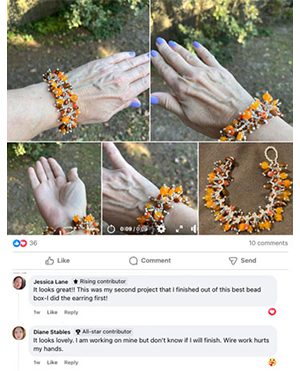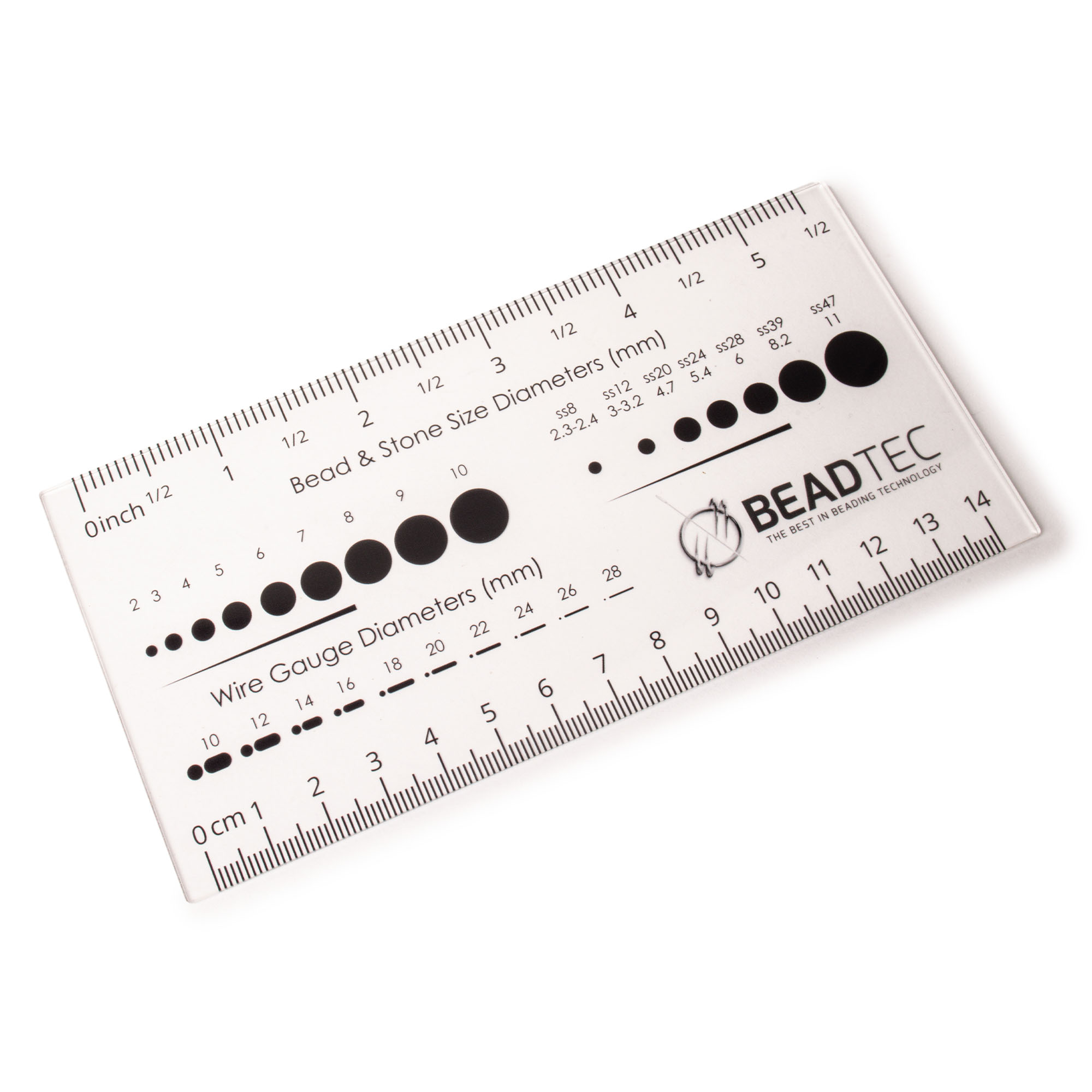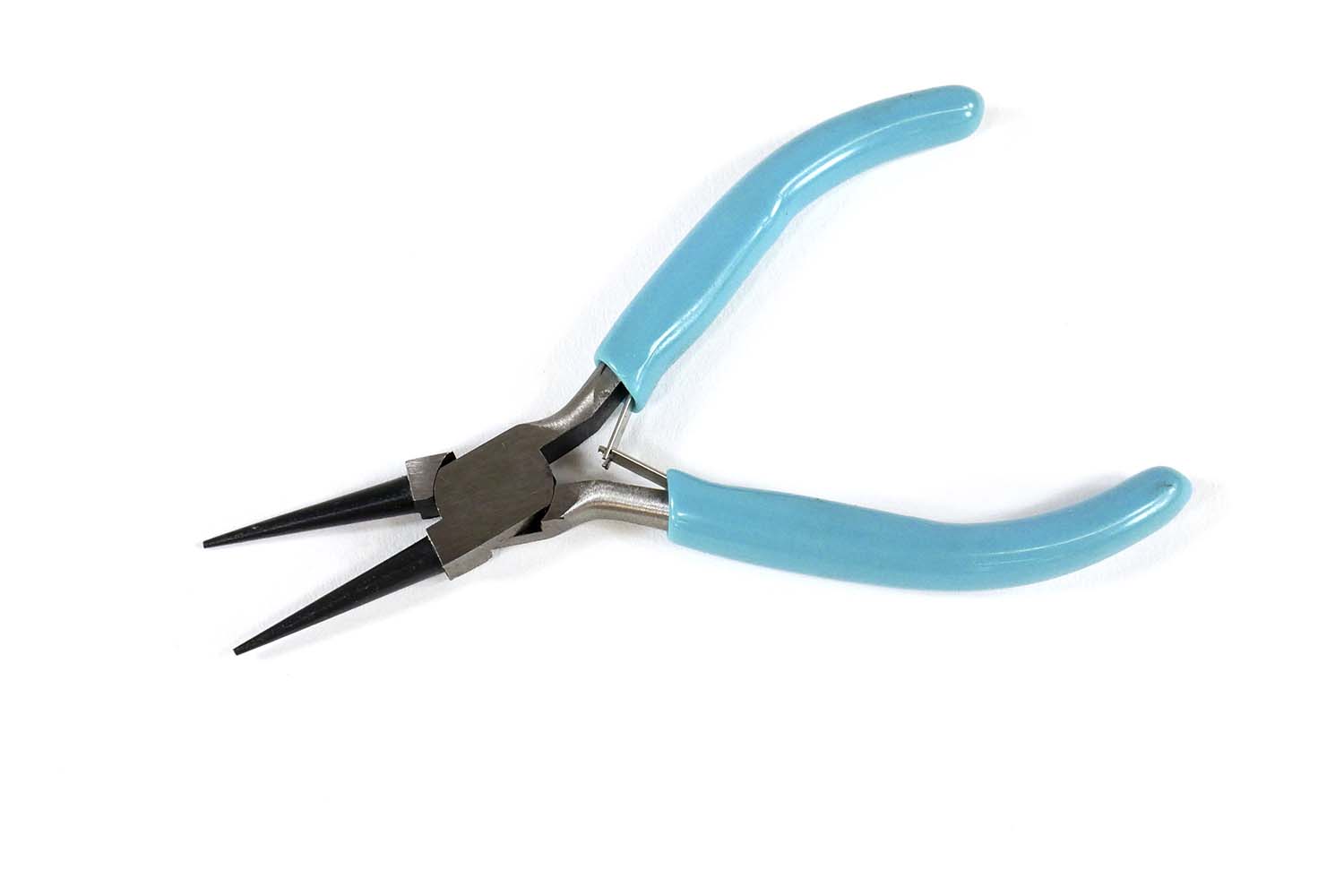- Jewelry-Making Supplies ▾
Design Jewelry with Confidence!
Seed Beads
Thread, Wire, & Stringing Materials
Athenacast Findings & Components
Everything Else
- Kits & Collections ▾
Assemble Your World
Kits & Collections
- Subscriptions ▾
Want monthly Beading Happiness?
Subscriptions
- Learn to Make ▾
Want to learn more?
- Discounts & Deals ▾
Explore Today's Promotions!
- Jewelry-Making Supplies
- Kits & Collections
- Subscriptions
- Learn to Make
- Discounts & Deals
-
Seed Beads
Thread, Wire, & Stringing Materials
Findings & Components
Everything Else
-
Kits & Collections
-
Subscriptions
- Home
- How to Make Jewelry
- Better Beader Episodes
- How to Add Thread to a Beadweaving…
How to Add Thread to a Beadweaving Project

Watch the Video Tutorial
Watch the Video Tutorial
Need Any Extra Materials?
Need Any Extra Materials?
Need Any Extra Materials?
Need Any Extra Materials?
Episode Transcript
Episode Transcript
Introduction
Running out of thread while working on a beadweaving project can be frustrating, but learning how to add a new thread seamlessly is an essential skill for any beader. In this article, we'll walk you through the process of adding thread to your beadwork, based on the helpful tips and techniques shared in Better Beader Episode 15 from Potomac Beads.
Materials Needed
- Beading thread (e.g., Fireline, Wildfire, or One-G)
- Beading needle (size appropriate for your beads and thread)
- Scissors
- Beading mat or work surface
- Beading project in progress
Step-by-Step Tutorial
- Determine where to add the new thread. It's best to start a new thread in an inconspicuous spot, such as the middle of a row or an area that will be less visible in the finished piece.
- Exit your existing thread, leaving a small tail. Weave the tail back through a few beads to secure it, and then trim the excess close to the beadwork.
- Thread your needle with a new length of beading thread, leaving a 6-8 inch tail. Tie a simple knot at the end of the tail to prevent the beads from slipping off.
- Begin weaving the new thread into your beadwork, following the same path as your old thread. Make sure to go through several beads before pulling the thread taut to avoid creating tension or distorting the beadwork.
- Continue weaving the new thread through the beads, mimicking the thread path of your existing rows or sections. Aim to weave through at least 3-4 rows or rounds to ensure the new thread is fully integrated.
- Once the new thread is securely woven in, resume beading as normal, using the new thread to pick up and stitch beads according to your pattern.
- As you work, periodically check the tension of your new thread to ensure it matches the rest of your beadwork. Adjust as needed by gently pulling the thread or working it into the surrounding beads.
Tips & Tricks
- When choosing where to add a new thread, look for areas where the beadwork is most stable and has the most interconnected threads. This will help disguise the transition and prevent any visible gaps or loose threads.
- If you're working with a particularly delicate or loosely-woven pattern, you may need to weave your new thread through more rows or sections to ensure adequate stability.
- To avoid tangling or knotting your threads, make sure to pull the new thread all the way through the beadwork before beginning to weave it in. This will also help you maintain a consistent tension throughout.
Conclusion
Adding a new thread to your beadweaving project may seem daunting at first, but with a little practice and patience, it will become a natural part of your beading process. By following these simple steps and tips, you'll be able to seamlessly integrate new threads and keep your beadwork looking flawless. Happy beading!
Join Our Growing Community
Join Our Growing Community




Our Testimonials
Our Testimonials
- 55881 (83.8%)
- 4800 (11.4%)
- 3287 (4.1%)
- 228 (0.4%)
- 124 (0.3%)
- Favorite Reviews
- Highest to Lowest
- Newest to Oldest
- All Ratings
- 5 ★ Reviews
- 4 ★ Reviews
- 3 ★ Reviews
- 2 ★ Reviews
- 1 ★ Reviews
Loading...
Only Visible on Admin Mode
Item Description
Designer's Material List
Project Steps
Secure Knotting and Thread Burning: For a secure finish, perform a sewers knot by threading under a bridge thread between two beads, looping twice, and pulling tight. Use a thread burner to trim the excess thread, leaving a tiny bit which you then burn flush against your project.
Adding Thread in Tubular Projects: In tubular projects, knots can be hidden inside the beadwork. Thread a new piece and knot it near the end of the old thread, then pull one end of the knot back into the project to conceal it.
Highest Quality
Products
100% Money
Back Guarantee
Fast
Shipping
Best Teaching &
Customer Service
You'll want these emails...
Get Free Projects & Inspiration
Get Free Projects & Inspiration
- Bullet 1
- Bullet 2
- Bullet 3
Copyright © PotomacBeads









